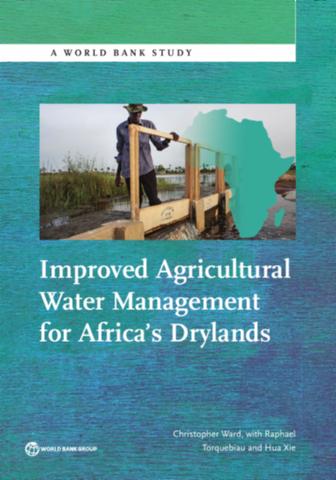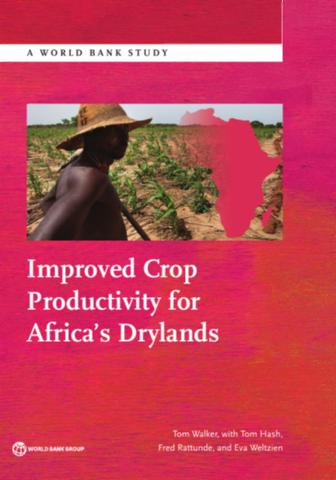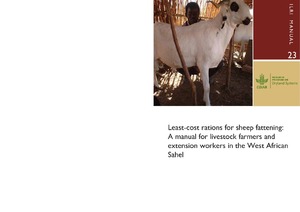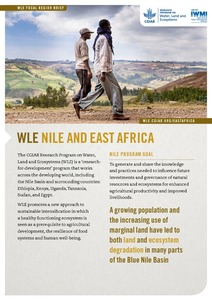Dryland regions in Sub-Saharan Africa are home to one-half of the region’s population and three-quarters of its poor. Poor both in natural resources and in assets and income, the inhabitants of drylands are highly vulnerable to droughts and other shocks. Despite a long history of interventions…
More than 200 million people living in dryland regions of Sub-Saharan Africa make their living from agriculture. Most are exposed to weather shocks, especially drought, that can decimate their incomes, destroy their assets, and plunge them into a poverty trap from which it is difficult to emerge…
More than 200 million people living in dryland regions of Sub-Saharan Africa make their living from agriculture. Most are exposed to weather shocks, especially drought, that can decimate their incomes, destroy their assets, and plunge them into a poverty trap from which it is difficult to emerge…
The focus of this review has been on both documenting the general resilience of many fish resources to climatic variability and its underestimation in livelihood importance, including in protracted crisis situations, but also on enhancing the potential supply of fish from dryland areas by better…
Improving Women's Access to Land and Property in The Arab States: The Role Of Inheritance, Dower, and Marital Property
Strengthening Arab Women's Property Rights and Access to Land - PPT
Classification Concepts The FAO Land Cover Classification System software is due to be released in its third version, and with it come four supporting volumes. The first of these is Classification Concepts, which lays the foundation for an understanding of the Land Cover Metalanguage (LCML)…
The International Fund for Agricultural Development (IFAD) and the Food and Agriculture Organization of the United Nations (FAO) have a history of engagement in pastoral development which is likely to continue. In the face of growing challenges posed by climate change, as well as new economic…






